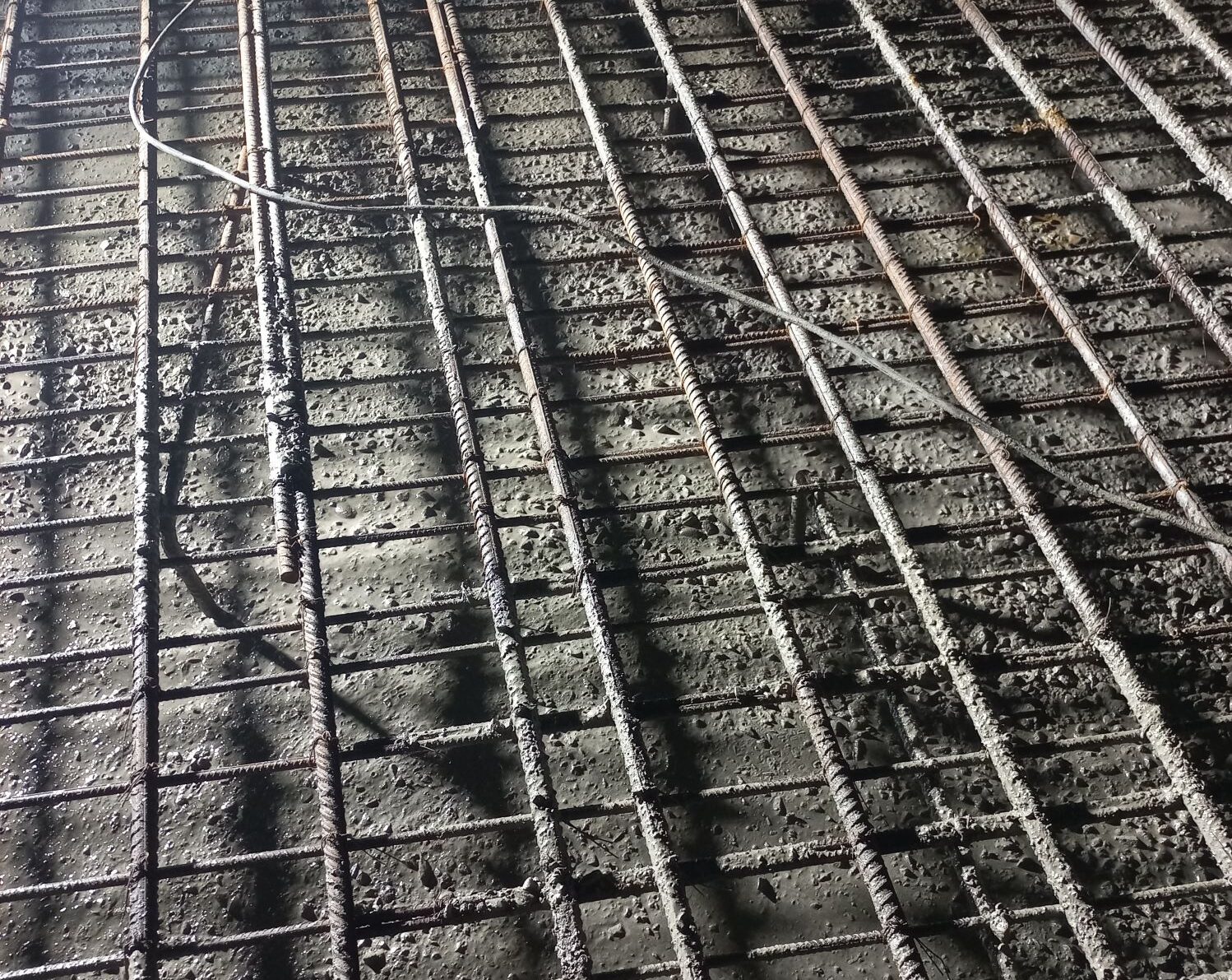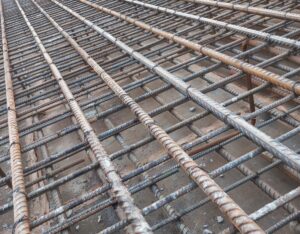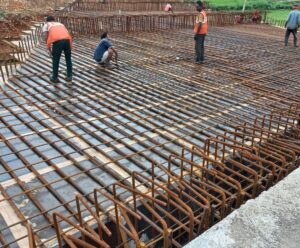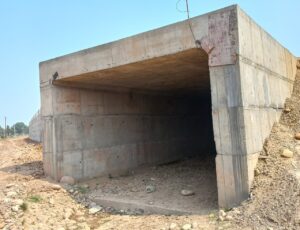The reinforced concrete is a combination of cement concrete with reinforcements (steel).Reinforced concrete is a cornerstone of modern construction, providing the necessary strength and durability for countless structures we rely on every day. From towering skyscrapers to intricate bridges, this versatile material has revolutionized the way we build. But what exactly is reinforced concrete, and why is it so essential? Let’s dive into its components, uses, benefits, and the reasons it stands out in the construction world.
Reinforced concrete is a composite material made from concrete and a reinforcement material, typically steel. The concrete provides compressive strength, while the steel reinforcement offers tensile strength, making the combination incredibly strong and durable. This synergy between the two materials allows for the construction of structures that can withstand significant loads and stresses.
Components of Reinforced Concrete
To understand reinforced concrete better, let’s break down its key components:
- Cement: The binding agent that holds the mixture together.
- Aggregates: Usually sand, gravel, or crushed stone that adds volume and strength.
- Water: Activates the cement and allows the mixture to harden.
- Reinforcement: Steel bars, also known as rebar, or mesh that provide tensile strength.
Types of Reinforced Concrete
Reinforced concrete can be classified into several types based on its application and the method of reinforcement:
- Pre-stressed Concrete: Reinforced with high-strength steel tendons that are tensioned before the concrete is cast.
- Precast Concrete: Concrete elements that are cast and cured in a controlled environment before being transported to the construction site.
- Cast-in-Place Concrete: Concrete that is poured and cured directly at the construction site.
How Reinforced Concrete is Made
Creating reinforced concrete involves several crucial steps:
- Mixing Process: Combining cement, aggregates, and water in precise proportions.
- Pouring and Setting: Placing the mixture into molds or forms where it begins to set.
- Curing: Allowing the concrete to harden and gain strength over time.
Uses of Reinforced Concrete
Reinforced concrete is used in a wide array of construction projects, including:
- Residential Buildings: Foundations, floors, and walls.
- Commercial Structures: Offices, shopping malls, and high-rise buildings.
- Infrastructure Projects: Bridges, highways, and tunnels.
- Industrial Facilities: Factories and warehouses.
Benefits of Reinforced Concrete
Several benefits make reinforced concrete a preferred choice in construction:
- Strength and Durability: It can withstand heavy loads and harsh weather conditions.
- Fire Resistance: It does not burn, adding a layer of safety.
- Versatility in Design: Can be molded into various shapes and sizes.
- Cost-Effectiveness: Long lifespan and low maintenance costs.
Advantages of Reinforced Concrete
Here are some of the standout advantages of using reinforced concrete:
- High Load-Bearing Capacity: Supports heavy weights without compromising structural integrity.
- Reduced Maintenance Costs: Requires minimal upkeep over its lifespan.
- Environmental Benefits: Can incorporate recycled materials and has a lower carbon footprint compared to some other materials.
- Long Lifespan: Structures can last for decades, if not centuries.
Innovations in Reinforced Concrete
The construction industry is continually evolving, and so is reinforced concrete technology:
- Self-Healing Concrete: Contains bacteria that produce limestone to seal cracks.
- High-Performance Concrete: Offers enhanced strength and durability.
- Sustainable Concrete: Uses eco-friendly materials to reduce environmental impact.
Conclusion
Reinforced concrete is an indispensable material in construction, offering unmatched strength, durability, and versatility. Its ability to support large structures and withstand various environmental conditions makes it a go-to choice for builders and engineers. As technology advances, we can expect even more innovative and sustainable uses for this incredible material.
What is the lifespan of reinforced concrete?
Reinforced concrete structures can last for several decades to over a century, depending on the quality of materials and construction methods used.
How does reinforced concrete compare to plain concrete?
Reinforced concrete offers superior tensile strength and load-bearing capacity compared to plain concrete, making it suitable for a wider range of applications.
Can reinforced concrete be recycled?
Yes, reinforced concrete can be crushed and reused as aggregate in new concrete mixes or other construction applications.





[…] in its construction. This reinforcement is crucial, as it integrates with the concrete, creating a Reinforced Cement Concrete (RCC) structure. The use of reinforcement enhances the wall’s strength and stability, making […]